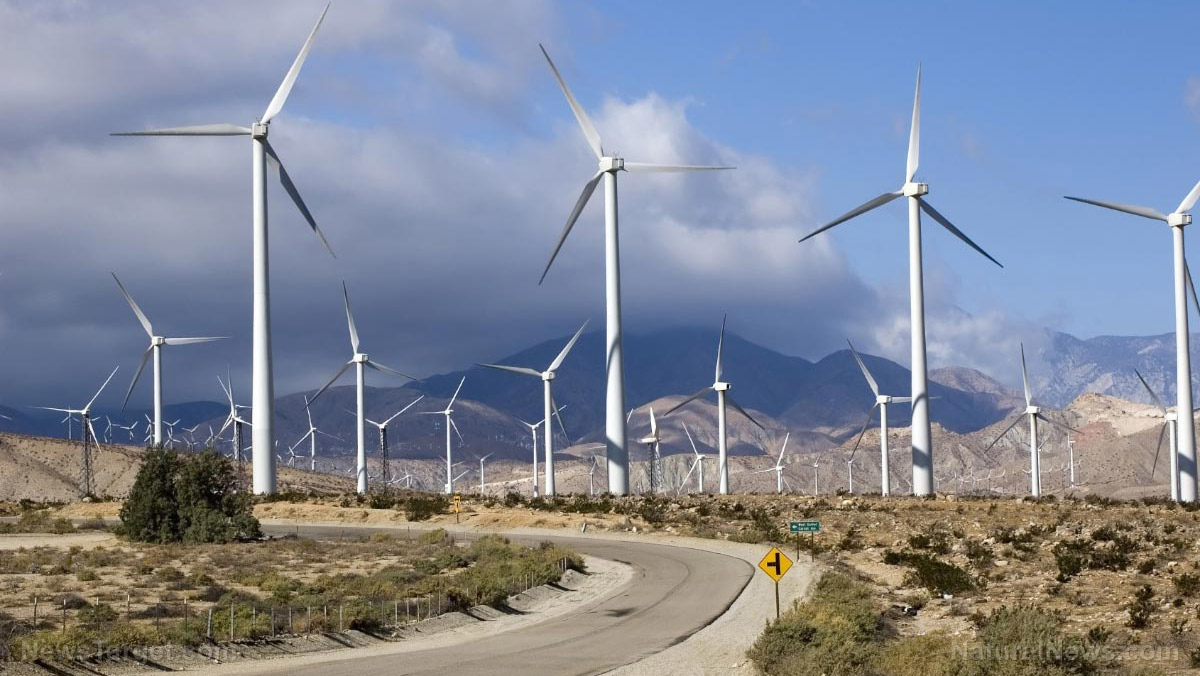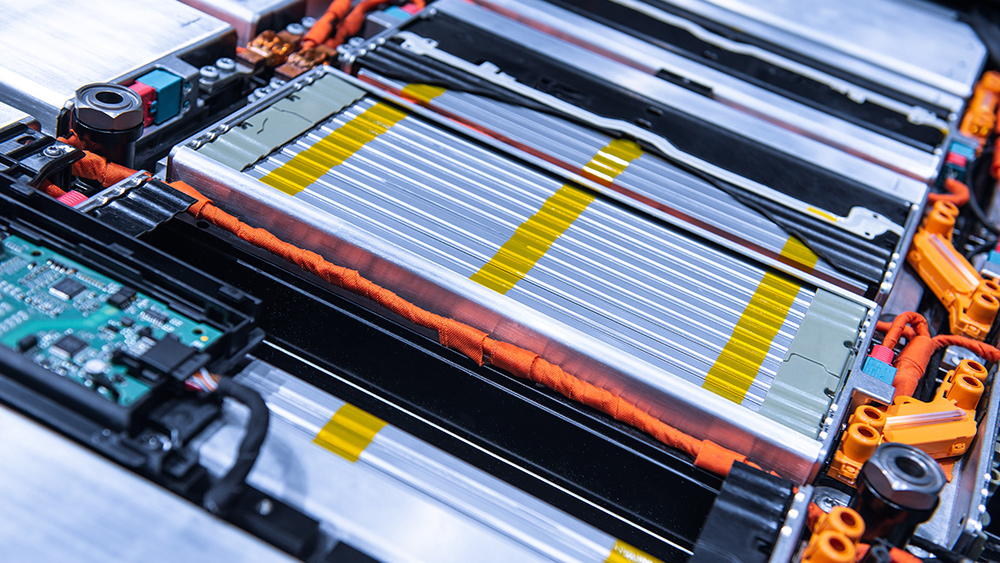Copper crisis threatens future of “clean” energy – there’s not nearly enough of this metal available for the world to go “green”
05/08/2023 / By Ethan Huff

Leftists are insistent that earth-based fuels like oil and coal are not sustainable, and that they must be retired so “green” energy technologies of the future can thrive. Experts on the ground, however, say this is not possible.
So-called “renewable” energy relies heavily on earth-based metals like copper that have to be found, mined, and converted into usable material in things like solar panels and batteries. The problem, besides the fact that all this mining is highly destructive to the planet, is that there simply is not enough copper to facilitate the “green” transition.
“There’s a huge crisis,” says Doug Kirwin, a geologist who was among the first to work at a copper deposit now known as Oyu Tolgoi, or Turquoise Hill, in southern Mongolia just north of the Chinese border.
This mine is a critical one for the future of so-called “clean” energy, holding what is believed to be one of the richest underground copper mines in the world. However, despite all the copper that does exist at Oyu Tolgoi, there is still not nearly enough of it to go around to transition the world away from earth-based fuels like oil and coal.
“There’s no way we can supply the amount of copper in the next 10 years to drive the energy transition and carbon zero,” Kirwin warns. “It’s not going to happen. There’s just not enough copper deposits being found or developed.”
(Related: Learn more about how Russia’s invasion of Ukraine helped expose the scam of “green” energy.)
Will the world be forced to abandon its “green” pipe dreams and return back to earth-based fuels?
Demand for copper all around the world is mounting, which is why the Oyu Tolgoi mine holds such promise. The problem, in addition to there not being enough of it, is that these mining operations are expensive, technically complex, and often located far outside traditional copper jurisdictions.
Governments in places like China and Mongolia increasingly want to protect these valuable natural resources from being extracted and stripped, while the “green” technology industries that rely on them are demanding increasingly more natural resources.
In order for the “green” transition to be a success, the world needs about six million tons of new copper to appear over the next decade. This would mean 12 new Oyu Tolgois-scale mines need to come online during that same time period, which is next to impossible.
BloombergNEF estimates that the world’s appetite for refined copper will grow by an astounding 53 percent by the year 2040, while actual mine supplies will increase by only 16 percent – and this is in a best-case scenario.
Mining companies everywhere are doing whatever they can to exploit whatever metals they can find, wherever they can find them, but it will still not be enough to balance global demand for these natural resources.
“Building mines, as opposed to buying them, is still too painful a headache,” reports Mining.com. “Prices are not shiny enough to cover rising costs, and risks abound.”
“Even more worrying, though exploration has ticked higher of late, is that spending remains far short of what is required. And what does emerge tends to be smaller and lower grade, meaning the percentage of metal in the ore is more slight, so more effort (and waste) is required to hit the same production levels.”
Meanwhile, those mines that do exist and are still operational are aging. And as their workers dig deeper, what they pull out is less valuable and lower grade, meaning return on investment is always decreasing while metal supplies dwindle in comparison to growing demand.
More related news can be found at Metals.news.
Sources include:
Submit a correction >>
Tagged Under:
carbon zero, China, copper, crisis, energy, environ, green, green energy, green tyranny, metal, metals, Mongolia, Oyu Tolgoi, renewable, renewable energy, supply chain
This article may contain statements that reflect the opinion of the author
RECENT NEWS & ARTICLES
COPYRIGHT © 2017 FUTURETECH.NEWS
All content posted on this site is protected under Free Speech. FutureTech.news is not responsible for content written by contributing authors. The information on this site is provided for educational and entertainment purposes only. It is not intended as a substitute for professional advice of any kind. FutureTech.news assumes no responsibility for the use or misuse of this material. All trademarks, registered trademarks and service marks mentioned on this site are the property of their respective owners.


















